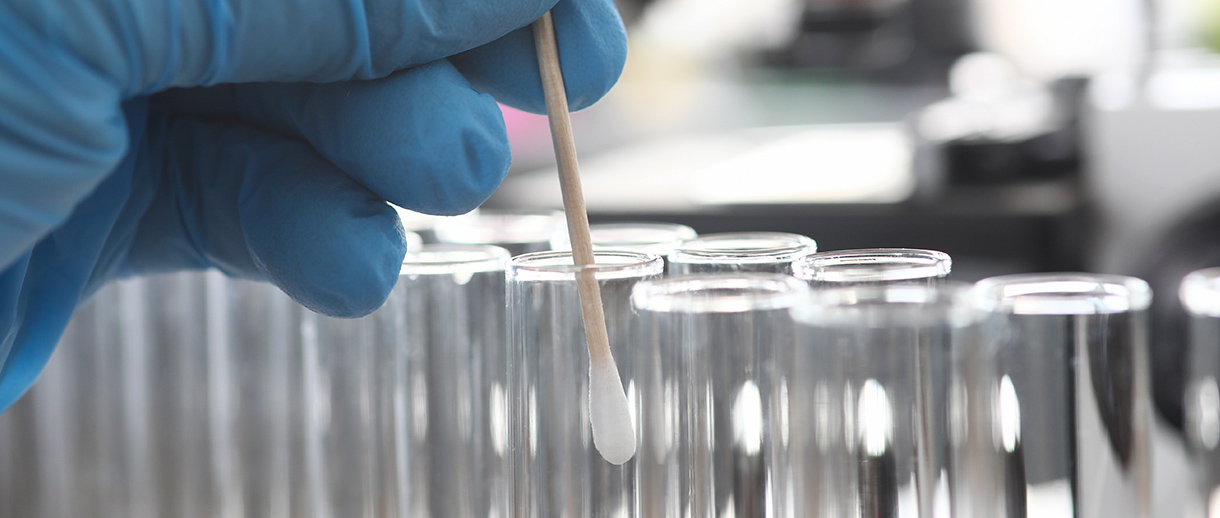
Patent applications for inventions containing biological materials must fully and particularly describe such use of biological materials in the specification. The Indian Patents Act, 1970 (“the Act”) does not define biological materials, but guidance can be found in the European Convention, according to which biological material includes any material that contains genetic information and is capable of reproduction by itself.
If biological material described in a patent specification is not available to the public and cannot be described adequately as per the provisions of the Act, such material must be deposited with an International Depository Authority (IDA) under the Budapest Treaty, on or before the date of filing of the complete patent specification. The World Intellectual Property Organisation (WIPO) currently lists 48 IDAs in 26 countries. The main task of IDAs is to comply with the demand of secrecy about deposited strains, and to maintain impartiality and objectivity regarding them.
The Budapest Treaty, signed in 1973, governs the recognition of microbial deposits. All states that are parties to this Treaty are obliged to recognize the microorganisms deposited as a part of the patent procedure, irrespective of where the IDA is located. Although there is no restriction on the nationality of the person or organization depositing samples at a particular IDA, each IDA may have its own rules and regulations. Additionally, jurisdictional restrictions on importation of certain microorganisms may also apply.
India ratified the Budapest Treaty in the year 2001. In India, there are three recognized international depositories of microorganisms, which are as follows:
| International Depository Authority | Authorised to Collect |
| Microbial Type Culture Collection and Gene Bank (MTCC), Chandigarh | Bacteria (pathogenic and non-pathogenic) Bacteriophages Fungi (pathogenic and non-pathogenic) Plasmids (in hosts and not in hosts) Yeasts (pathogenic and non-pathogenic) |
| Microbial Culture Collection (MCC), Pune | Bacteria (pathogenic and non-pathogenic) Fungi (pathogenic and non-pathogenic) Plasmids (in hosts and not in hosts) Yeasts (pathogenic and non-pathogenic) |
| National Agriculturally Important Microbial Culture Collection (NAIMCC), Uttar Pradesh | Algae
Bacteria (pathogenic and non-pathogenic) Eukaryotic DNA Fungi (pathogenic and non-pathogenic) Molds Plasmids (in hosts and not in hosts) Yeasts (non-pathogenic) |
The fees for storage of biological material at MTCC, MCC and NAIMCC are Rs. 15,000, Rs. 20,000 and Rs. 20,000 respectively. Other costs for conversion of deposit, extension of duration of storage, furnishing of samples, attestation, etc. range between Rs. 1,000 to 3,000 at all the three IDAs.
In addition to depositing biological material, applicants must also mention the geographical origin of such material. If the source is India, then the applicants must seek permission from the National Biodiversity Authority in India (NBAI) before the grant of the patent. The NBAI, while granting such permission, can also impose benefit sharing fee or royalty or impose conditions that include the sharing of financial benefits arising out of any commercial utilization of such rights. (see also: https://www.obhanandassociates.com/blog/biodiversity-and-ip-filing-and-prosecuting-patent-applications-that-use-biological-resources/)
Biological material deposited in an IDA may be accessed only after the date of the publication of the patent application in India. Thus, applicants must ensure that deposition of biological material to the IDA has been made before the date of filing the patent application.
Further, a reference to such biological material must be made in the patent specification within three months from the date of filing. The reference must include the name, address of the IDA, and the date and number of the deposit of the material at the IDA and any other available characteristics of the material required for it to be correctly identified or indicated.
If there is any request for early publication, then the reference must be given on or before the date of filing of such request. The source and geographical origin of the biological material used in the invention must also be disclosed in the specification.
It is mandatory to deposit biological material to enable the complete specification and this deposition ensures that the requirements of sufficiency and enablement in the patent application are fulfilled. In case of any non-compliance, the patent application is liable to be refused under the Patents Act, 1970.
















